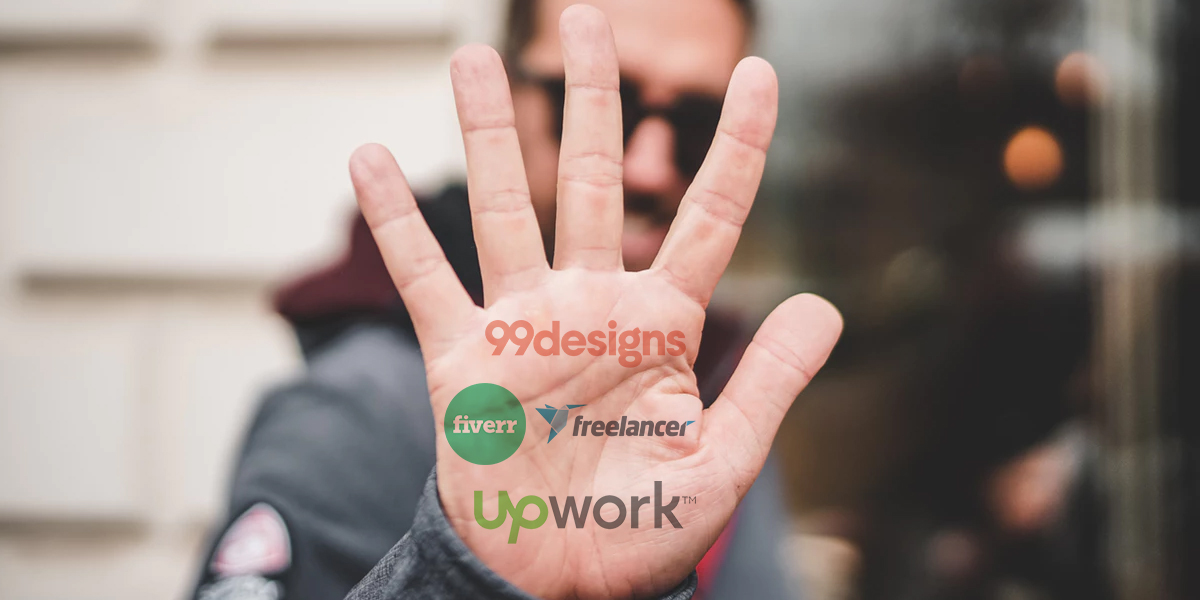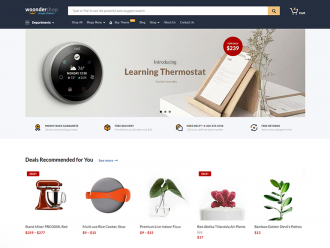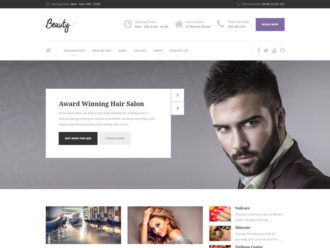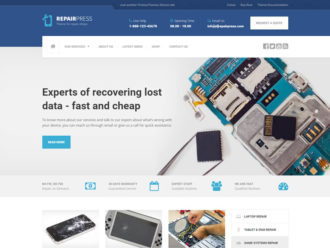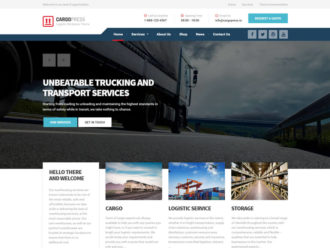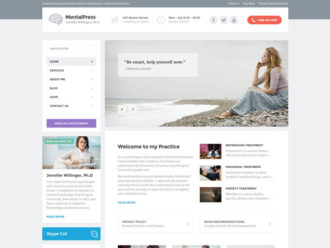If you’re a new freelancer, you’ve probably heard about freelance marketplaces like Upwork, Fiverr, Freelancer, and others. You might have even been tempted by the idea of creating an account, setting up your profile, and bidding on jobs. Heck, you might have even done that already.
As popular and as appealing as these sites are, they are not the best use of your time. In fact, no matter where you are in your freelancing career, you should avoid these freelance marketplaces at all costs.
Wondering why? In this post, we’ll share five reasons why you should avoid those marketplaces and provide you with five actions to take instead to help you land new clients. After reading this article, you’ll have a solid plan for getting those first few clients and working on projects you love instead of wasting time on freelance platforms.
Five Reasons to Avoid Freelance Marketplaces
There is no shortage of freelance marketplaces that claim to make it easy to connect with clients and work on awesome projects from the comfort of your own desk. While you could claim that they do all the marketing work for you, the truth is that relying on a freelancer platform can have a devastating effect on your career. Here are five reasons why you should avoid freelance marketplaces.
No Control Over Your Business
The most important reason why you should avoid freelancer platform is that you have no real control over your business. No matter what freelancer platform you decide to join, it’s important to keep in mind that you don’t own that platform.
For starters, this means that if the platform suddenly shuts down, you could lose not only your income source but your clients as well.

Secondly, you will be just another grain of sand in a desert of many, with no real way to set yourself apart. Freelance marketplaces offer a uniform look for all freelancer profiles so there is very little possibility to customize yours to stand out. Not to mention, you will be competing with thousands of other freelancers for the same jobs, leaving your destiny in the hands of the platform’s algorithm that decides which freelance profile comes up first.
Another downside of using a freelancer platform is that you have to abide by their rules which means you don’t have your client’s contact information and you’re often forbidden from contacting your clients outside the platform.
Lastly, a freelancer platform will often take fees from your payment or force you to pay for a monthly membership to keep your profile visible or ranked higher on the platform.
Race to the Bottom
Freelance platforms are, sadly, full of other freelancers looking for work just like you. A sad reality of this situation is that in an effort to win the project, freelancers will often underbid each other, winding up in the race to the bottom that hurts the freelancer community as a whole.
To make matters worse, there are no rules or regulations that are enforced by a freelancer platform that dictates how much a freelance should charge or what is the lowest bid they can offer.
Then, there are clients who will often take advantage of this situation and offer ridiculously low budgets to begin with. When you take all of that into consideration, you are looking at working on projects for far less than what you would be able to charge if you landed the client yourself.
Ideal Clients Are Far and Few In Between
While there are some exceptions to this rule, the type of clients who post job offers on freelance marketplaces will be a far cry from your ideal clients. There are countless of stories online about clients not giving feedback on time and derailing the entire project, avoiding payment or requesting refunds, and even reporting freelancers for fraud.
This could also mean that you won’t be working on your dream projects but rather accepting work for the sake of filling up your portfolio.
Fees That Eat Up Your Profits
We mentioned earlier that freelancer platforms will take a certain percentage of your earnings. From their point of view, they have to make money somehow for providing their platform to you. However, they also reserve the right to increase the fees whenever they want to.
In some cases, those fees go all the way to 20%. That means that if you agree to work on a project for $200, you will receive $160 when it’s time to get paid. Over time, that accumulates to a nice chunk of cash that you lose out on. It’s worth mentioning that on some platforms, the more projects you complete, the lower your fee will be but it won’t happen overnight.
Poor Support for the Freelancers
Lastly, freelancer platforms won’t go out of their way to protect the freelancer. Some platforms do outline steps you can take to prevent yourself from getting exploited by a client as well as how clients can protect themselves from being taken advantage of. Some platforms also offer payment protection that ensures payment is released when the project is completed and all the deliverables have been delivered.
However, despite that, there are numerous stories online from freelancers that got burned on one or another freelance platform. It’s not unusual to hear a story about a freelance being booted from the platform after an unjust client complaint without receiving any type of support from the platform or being able to tell their side of the story.
Five Things to Do Instead of Land New Clients
Now that you know the pitfalls of using a freelance platform and why you should avoid them, you might be wondering how you can get those first few clients in the door with little to no experience. Below, you’ll find five actionable steps that you can take today to help you land clients, whether you’re just starting out or need to get out of the income slump.
Set Up a Professional Portfolio
The best thing you can do for your freelance career is to set up a professional portfolio for your business. By buying your own domain name and installing WordPress, you have complete control over the information you present and the packages you offer, not to mention the pricing. Another boon to that is there are no extra fees that are getting taken away from you.
On top of that, you can share useful advice and knowledge over on your blog which helps rank your site higher in the search engines which means your target audience will have better chances of finding you and hiring you on the spot than on a freelance platform.

Reach Out to Your Network
Once your portfolio is taken care of, reach out to everyone you know. Your friends, family, college buddies, and others you know could just be your first clients. Even if they don’t need a website, they could know someone who does and, in most cases, will be more than happy to help you out and send them your way.
This is such an easy thing to do, yet many freelancers overlook it for fear of not having anyone to reach out to. However, never underestimate the people you know. Even your elderly neighbor down the street might know someone who needs a website so don’t leave this one to chance.
Polish Up Your LinkedIn Profile
It’s a well-known fact that LinkedIn is the social media platform for professionals so make the most out of your LinkedIn presence. For starters, make sure your profile is completely filled out. Then, you’ll want to make sure that it’s easy to understand what you do and who you do it for.
Next, consider joining LinkedIn groups that are filled with your ideal clients and strive to be of service with your knowledge. Participate and initiate conversations and put yourself out there.

Lastly, aim to connect with new people you encounter in those groups and ask for endorsements from connections you already have or your past clients.
Reach Out to Other Freelancers
When you’re just starting out, it’s easy to view other freelancers as competition. But, if you reframe your mindset and start to see them as colleagues, everything changes. By establishing meaningful connections with other freelancers, you can reach out to them and ask them if they can refer any clients your way. You’d be surprised at the positive response you’ll get.
In most cases, other freelancers will be more than happy to send clients they can’t work with due to being booked out or simply because the client is not the best fit for them.
Don’t limit yourself to freelancers in your niche alone either. Consider finding and befriending freelancers in complementary industries such as graphic design, copywriting or social media management. You never know when their clients might need a new website or a website update.
Offer a Starter Package
Our last tip is to create a starter package that you can offer. Consider this a sampling of your services that gives potential clients a taste of what it’s like working with you. This is an excellent way of getting clients in the door with a smaller offer and then transitioning them into a higher package.
A few ideas include a homepage redesign, a website audit or a landing page design. The crucial part about this starter package is to make it attractive enough that the clients want it and price it low enough to avoid any potential money objections.
Final Thoughts
Freelance marketplaces might seem like a good idea when you’re brand new to freelancing or when you hit a dry spell and there’s no client in sight. However, those platforms usually turn out to be a waste of time, not to mention they hinder your career. Instead of working for pennies and leaving yourself unprotected, put the tips from this article to good use and take control over your freelance career.
